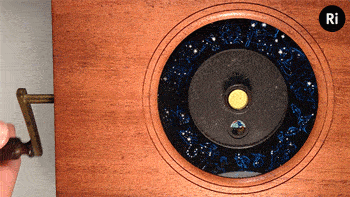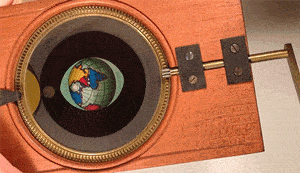Before digital or overhead projectors were invented, for hundreds of years people enjoyed projecting large scale images on their walls using a fantastic invention called the magic lantern. Rudimentary, but effective, the magic lantern used a concave mirror positioned in the back of a light source (usually a candle) that directed the light through a rectangular sheet. This sheet or the “lantern slide” was a painted glass or photographic image.
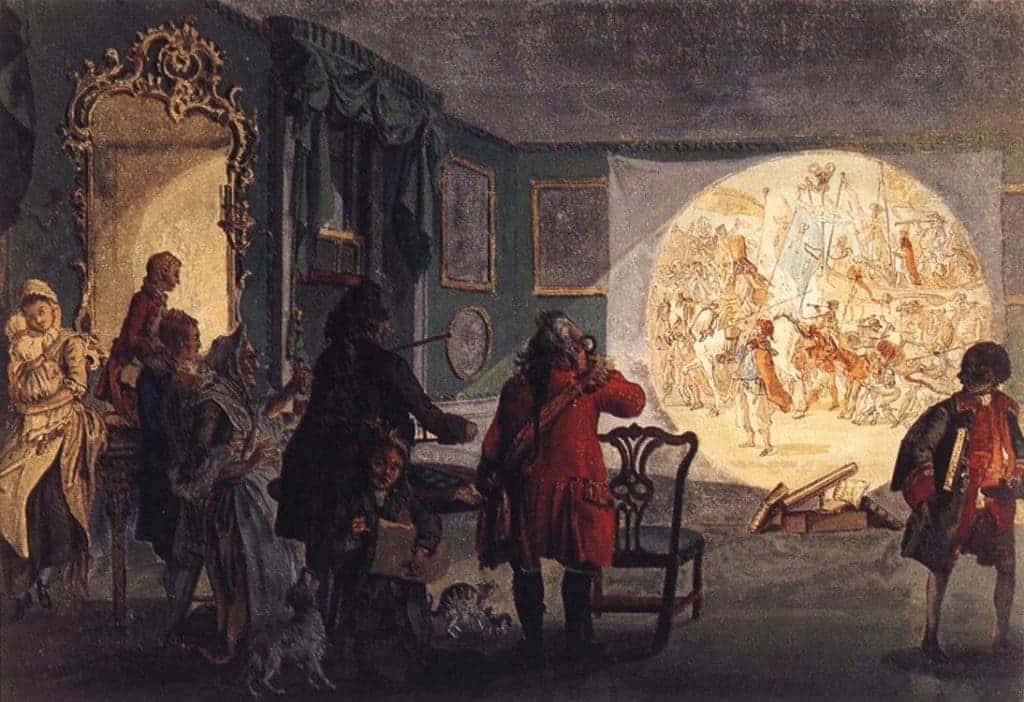
Giovanni Fontana, a Venetian engineer, is credited with inventing the first magic lantern some time in the XVth century. Some say that the first image he projected on the device was a demon. Since then, however, all sorts of images were projected. For instance, magic lanterns became very popular among astronomers who would use the projectors to magnify illustrations and star maps. Here are just a few such amazing slides, all from the XIXth century and in The Royal Institution’s (UK) collection.
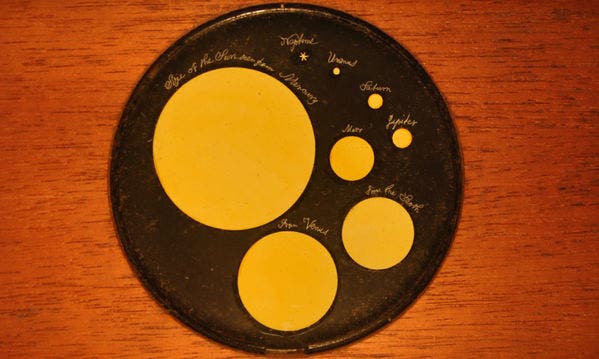
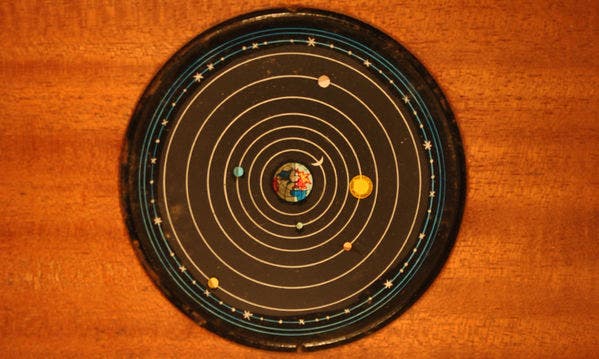
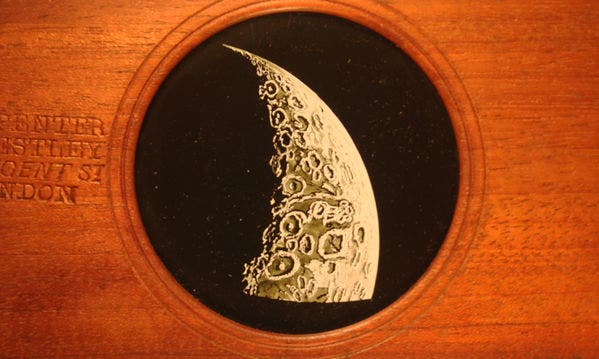
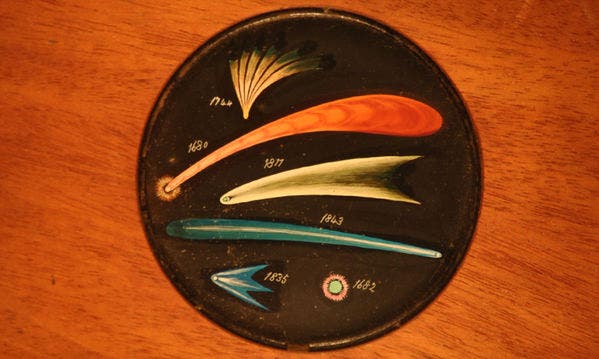
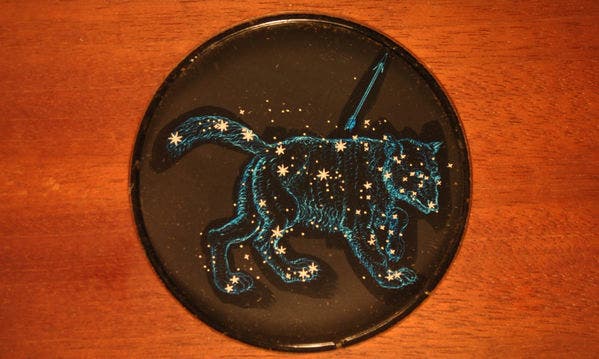
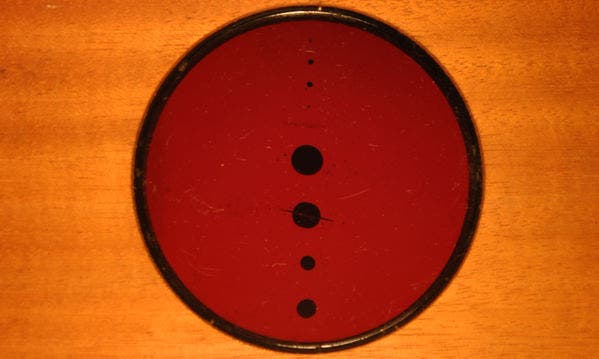
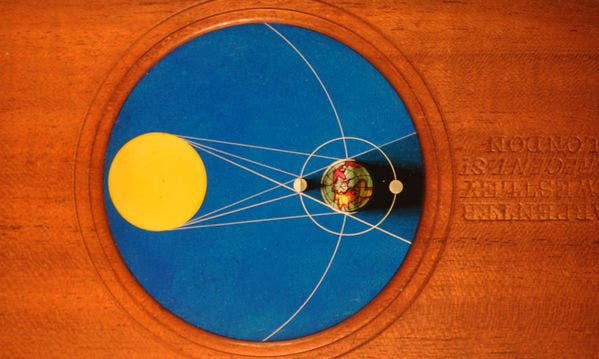
Some more advanced magic lanterns featured moving parts which allowed moving slides to be operated either by means of a lever or other mechanism. Below is a version that exhibits the Earth’s annual motion round the sun, showing the parallelism of its axis, thereby producing the seasons.
Another moving magic lantern features the moon’s phases during its revolution.
